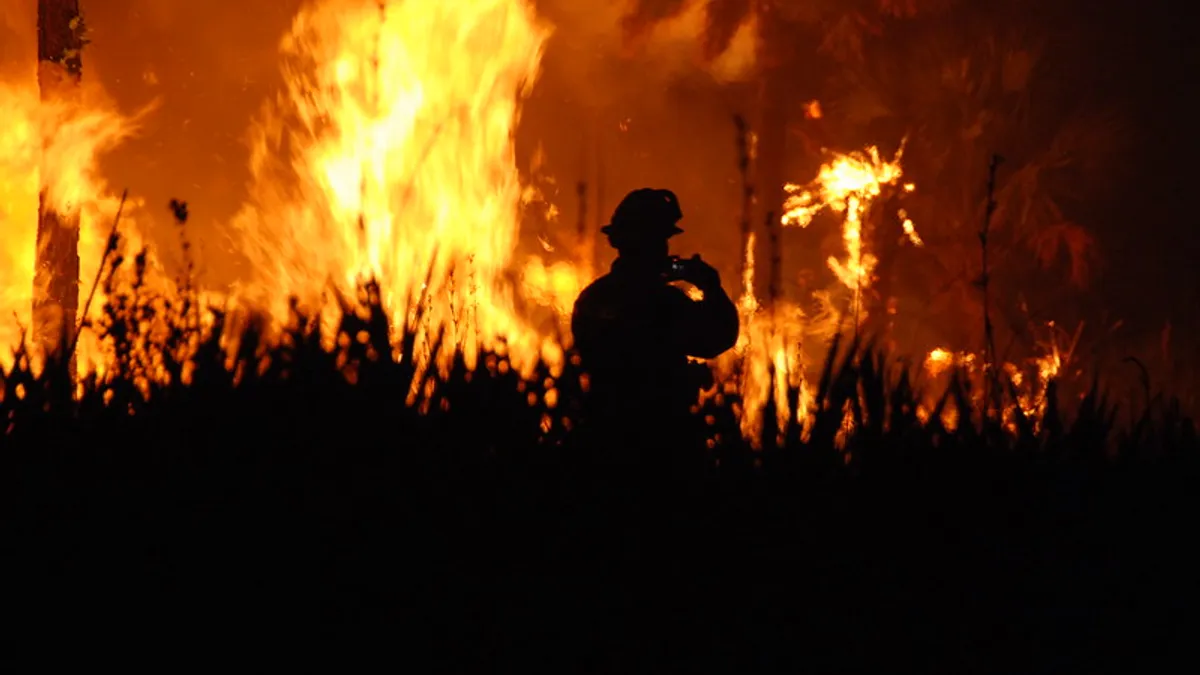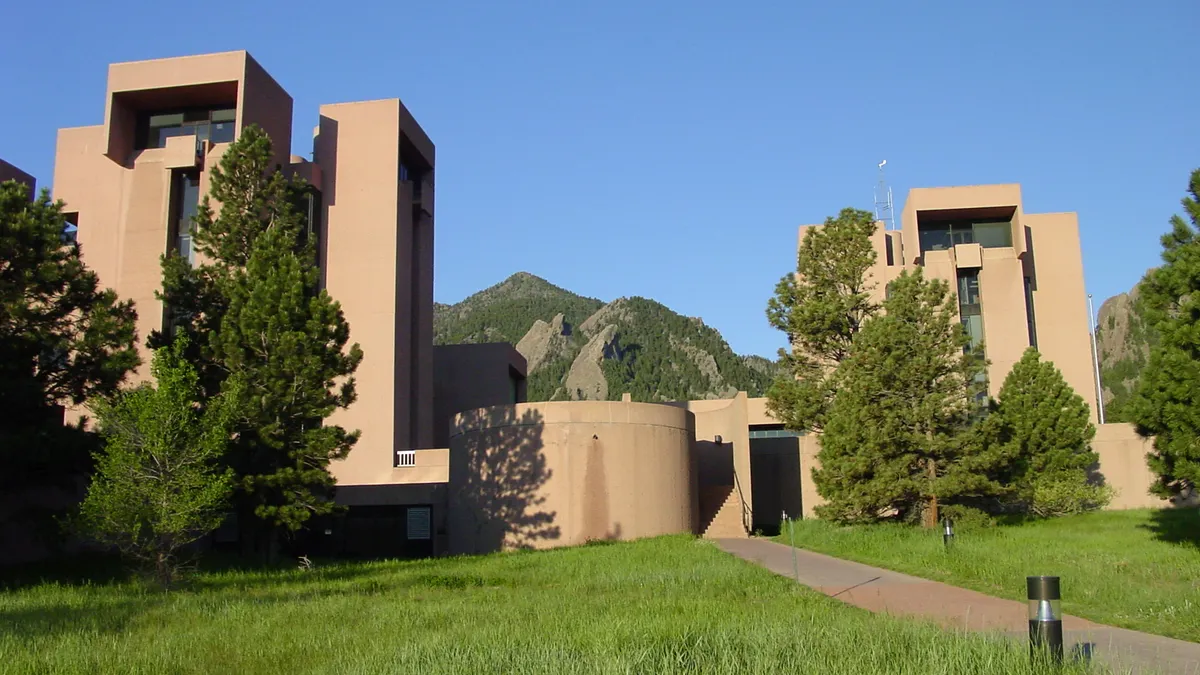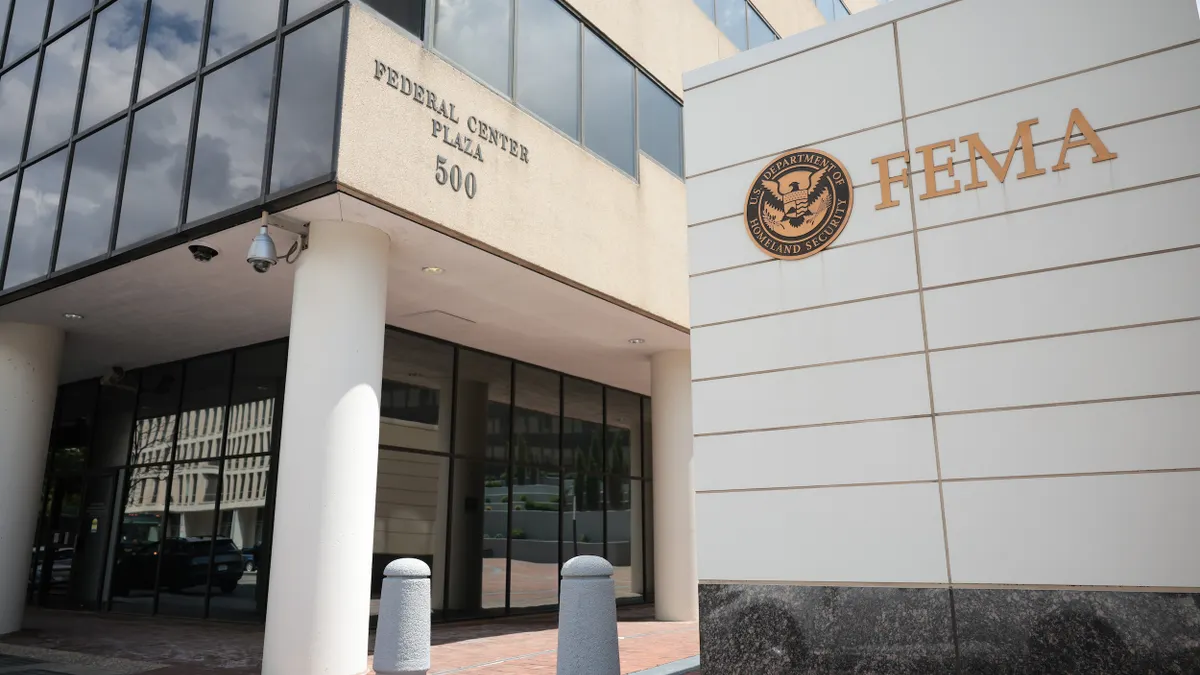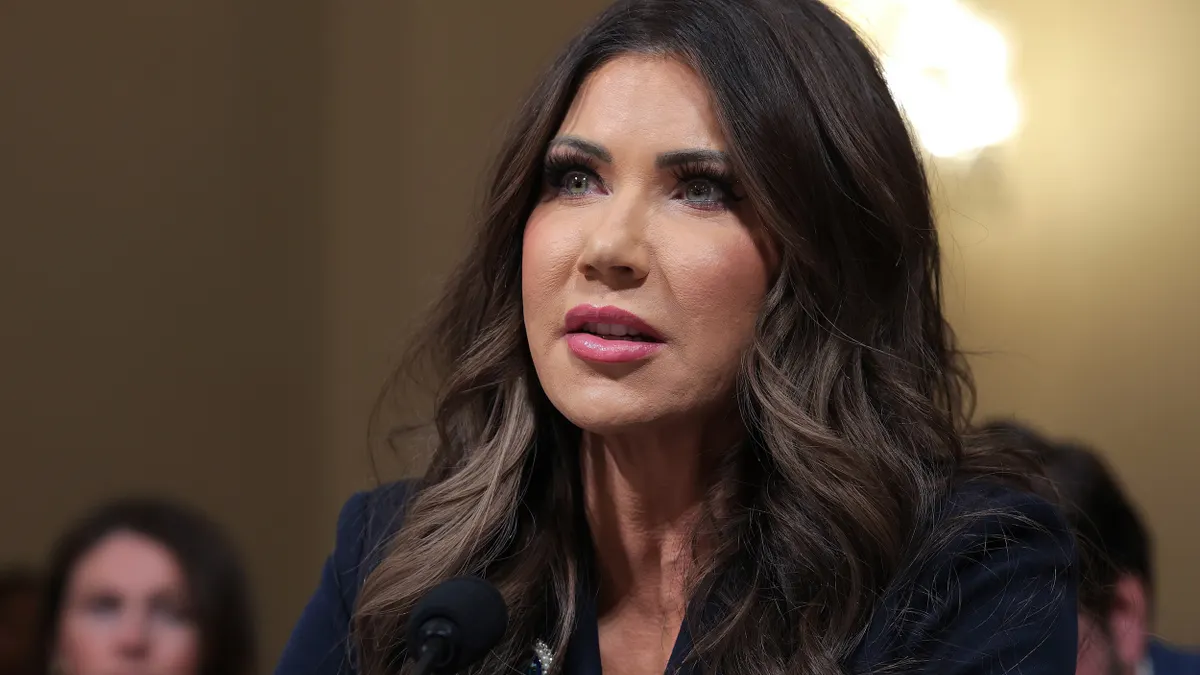A pyrotechnic device used at a gender reveal party sparked a massive wildfire at El Dorado Ranch Park in California's San Bernardino County over the weekend, blazing nearly 9,000 acres of land by Monday afternoon. As concerned Californians turn to social media for information on the incident, the fire and its associated health risks are spreading rapidly across an already struggling state.
A staggering 1.68 million acres have burned in California this year alone, resulting in more than 100,000 evacuations, seven deaths and thousands of individuals as far as Idaho and Utah facing dangerously high air pollution levels. On Aug. 19, air quality in the San Francisco Bay Area measured the worst in the world, while neighboring cities retained unhealthy levels of inhalable particulate matter (PM2.5) for a number of days.
News of dangerous PM2.5 levels made national headlines far before August, however, as exposure to high concentrations of particulate pollution have been linked to chronic respiratory diseases that can make people more vulnerable to COVID-19. Now, local officials are grappling with ways to keep residents healthy despite the compounded challenges and costs of a brutal wildfire season amid a pandemic.
Dwindling options for clean air refuge
Wildfire season, during which a mix of gases and fine particles are exhaled from burning trees and materials into surrounding communities, lasts an average of 78 days longer now than in the late 1970s. Even for a healthy person, wildfire smoke can cause coughing, breathing difficulties, chest pain and other symptoms, according to the CDC.
"We already know smoke exposure is harmful to our health whether we’re in a pandemic or not — and smoke exposure hinders our ability to combat COVID-19," said Nadège Dubuisson, an environmental toxics program specialist at Multnomah County Health Department in Portland, OR. "For folks at risk, spending days in smoky air can worsen a vulnerability, for sure."
In a non-pandemic year, people can get a reprieve from the smoke in a workplace with clean air, or take breaks in libraries, malls, movie theaters and other public spaces with HVAC systems that use air purifiers. Public health departments typically urge residents to follow those practices, but doing so is much less realistic this year, said Shirlee Tan, lead toxicologist for the Seattle and King County Public Health Department.
Therefore, when asking residents to stay at home to avoid smoke, it’s important for city officials to consider whether those people will be in cooled households during hot weather. Cooling centers, typically offered as an escape from heatwaves that often accompany wildfires, have served as a place of refuge in some California cities. The California Department of Public Health in late spring issued COVID-19 guidance for cooling centers regarding face coverings, physical distancing, cleaning and disinfecting, and any screenings.
Los Angeles and inland cities like Folsom, CA have operated cooling centers for part or all of the summer, while Portland's Multnomah County opened cooling centers with guidelines for two 90-plus degree days in May.
In the Pacific Northwest, cooling centers may not open this year despite developments that have resulted in unhealthy air quality levels, particularly in Eastern Washington. Seattle is "unlikely" to open such centers amid a severe smoke event at this stage, according to Tan; she said doing so would create a capacity issue as some city buildings normally used for air cleaning are now housing people experiencing homelessness due to the pandemic.
Labor impacts
Outside of health concerns, COVID-19 has also exacerbated the labor supply for fighting wildfires.
The state relies on some of its prison population to help fight wildfires, a practice that has been criticized by criminal justice advocates. Earlier in the season, California faced a wildfire fighter shortage as prisoners were transferred or moved out of prison in early release to prevent the spread of the coronavirus, according to California Department of Corrections and Rehabilitation (CDCR).
Around 2,200 fire line-qualified inmates are currently working in conservation camps or on fires, according to CDCR. Gov. Gavin Newsom announced in early July that the state would hire 858 more firefighters and six California Conservation Corps (CCC) crews through October to fill the labor gaps.
Cities pivot to new messaging
Local governments are taking a different approach to their wildfire safety messaging with residents due to COVID-19.
"We’re asking people to stay home this year for smoke—shelter in place," Tan said. "Probably the best thing to do for smoke and COVID is stay home and try to create a clean-air room."
Cities should also encourage residents to plan ahead. Before smoke arrives, Tan said, residents should clean any HVAC systems and make sure they’re set to the highest setting; buy a portable air purifier certified by the State of California; or even use a box fan and furnace filter to make a DIY air cleaner.
Portland’s Multnomah County has distributed 200 box fans and furnace filters to vulnerable groups "to create awareness" of this fairly inexpensive way to clean air, Dubuisson said. The fans were dispersed to groups including community members of color, over 60, pregnant, or with certain medical conditions.
Seattle also worked with the Puget Sound Clean Air Agency, which has jurisdiction over four area counties, to provide "limited numbers" of box fans and furnace filters to communities without the resources to purchase them, Tan said.
And even though residents are accustomed to wearing cotton or paper masks for COVID-19 prevention, the mask can't be relied on for wildfire smoke protection. In heavy smoke, we’re better off at home: "Don’t get wrapped up in a false sense of security in having a bandana around your face," Dubuisson said.
Financial and emotional costs
States are now trying to take action on the spread of wildfires with effective investments.
Hilary Franz, Washington’s commissioner of public lands, proposed a bill to spend $63 million a year on wildfire action. Meanwhile, Oregon Gov. Kate Brown released a draft proposal to "treat" around 300,000 forestland acres a year to reduce wildfire fuel with logging, prescribed burning, and ecosystem restoration projects. The $4 billion proposal asks for action on around 5.6 million acres across the state for about the next 20 years.
And in October 2019, Gov. Newsom designated a $210 million Greenhouse Gas Reduction Fund for forest health and fire prevention projects to enable the state fire agency to reduce dry tinder in forests. The fund also implemented a forestry corps program to operate four crews that will undertake forest health and projects to reduce dry wood stuffs in areas of high fire risk.
In terms of emotional costs, the stakes this year could feel particularly high for the state’s residents.
If we aren’t able to prevent more wildfires in the West, "we’ll have weeks on end when wildfire and smoke events will force us indoors, restrict our activities, gray the summer skies," said David Eisenman, a UCLA associate professor and director of UCLA’s Center for Public Health and Disasters.
"After months of lockdown, you’re in a new kind of lockdown scenario, due to limited indoor and outdoor spaces you can visit," he said. "You’re back at home, staring at the same four walls and the screaming kids, and that’s got to be hard. Especially as this goes on for an extended time, that can become a real issue."
"People can tolerate a few days or a week, but if they can’t get outside to exercise or spend a Saturday in the woods or in the park, that becomes a more emotionally difficult situation," Eisenman said.
Editor's Note: This story has been updated to reflect air quality changes in the Pacific Northwest.


















